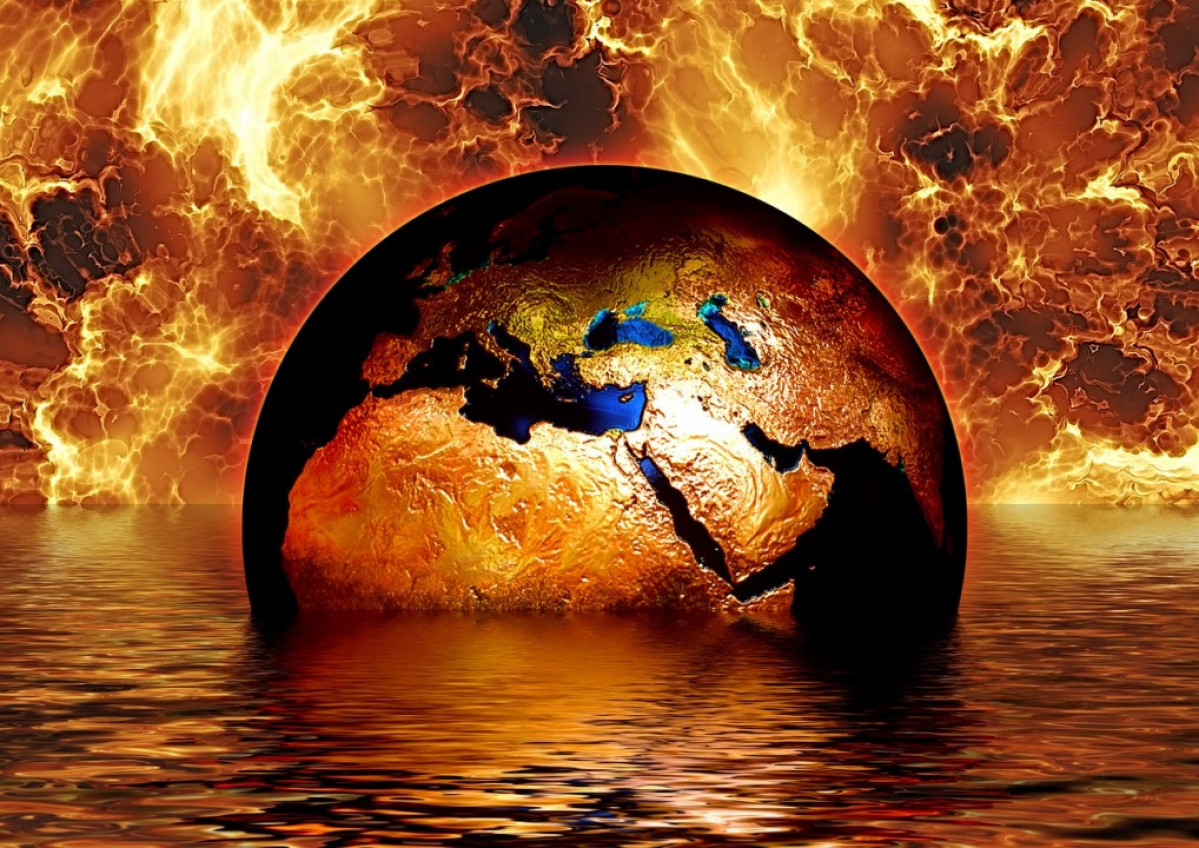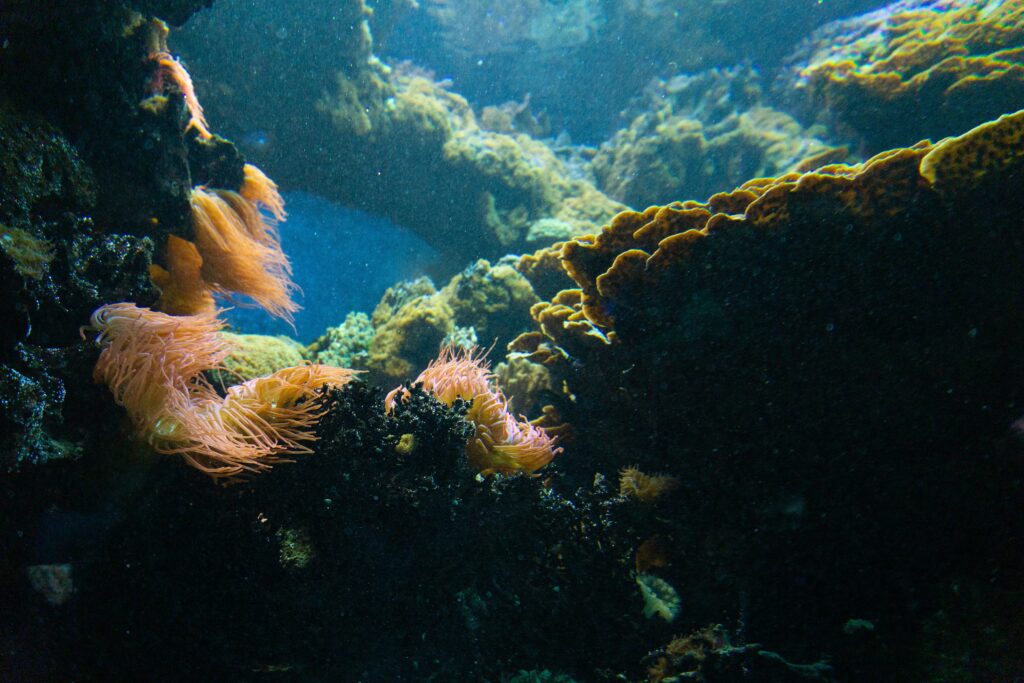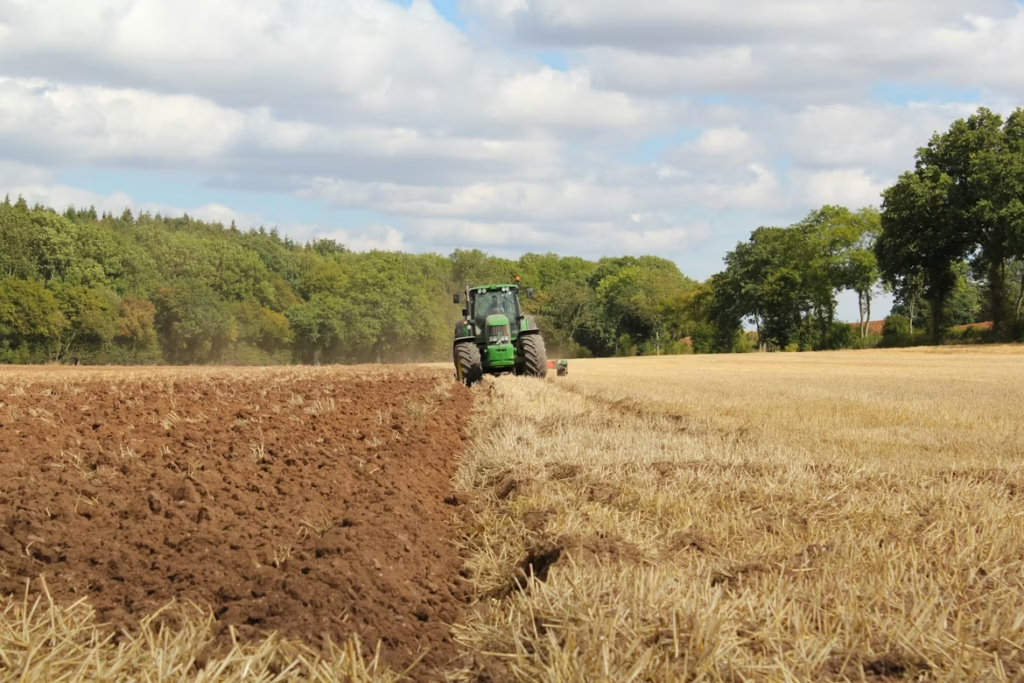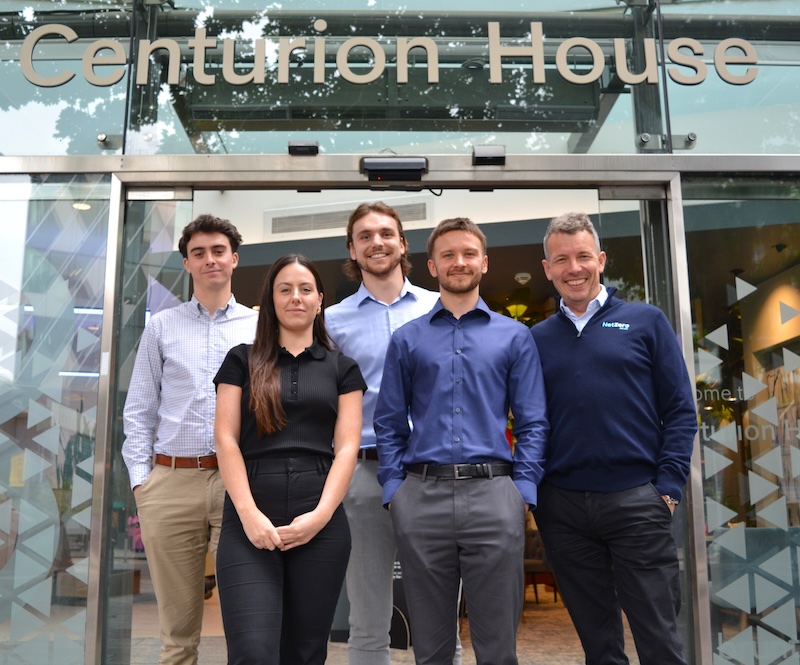The UN’s World Meteorological Organization said that the 4 to 7 per cent cut in emissions was less than the natural variation seen year on year and that this year has seen an ongoing build-up of climate-changing chemicals in the atmosphere. “The lockdown-related fall in emissions is just a tiny blip on the long-term graph. We need a sustained flattening of the curve,” said Petteri Taalas, the WMO secretary-general. “We breached the global [annual] threshold of 400ppm in 2015 and, just four years later, we have crossed 410ppm. Such a rate of increase has never been seen in the history of our records. “CO2 remains in the atmosphere for centuries. The last time the Earth experienced a comparable concentration was 3m-5m years ago, when the temperature was 2-3C warmer and sea level was 10-20 metres higher than now. But there weren’t 7.7 billion [human] inhabitants.” The worrying report published last week shows that there is 50 per cent more CO2 in the atmosphere than there was in the years leading up to the Industrial Revolution. The WMO Greenhouse Gas Bulletin also revealed that there was two-and-a-half times more methane in the atmosphere than pre-industrial levels. Despite the worries, the WMO secretary general is happy to see governments making big plans to go carbon neutral. He said: “The changes are economically affordable and technically possible and would affect our everyday life only marginally,” he said. “It is welcome that a growing number of countries and companies have committed themselves to carbon neutrality. There is no time to lose.”
New Study Shows Industrial Mining Significantly Damages Ocean Ecosystems
Machines designed to harvest minerals from the deep ocean are causing substantial damage to life…




